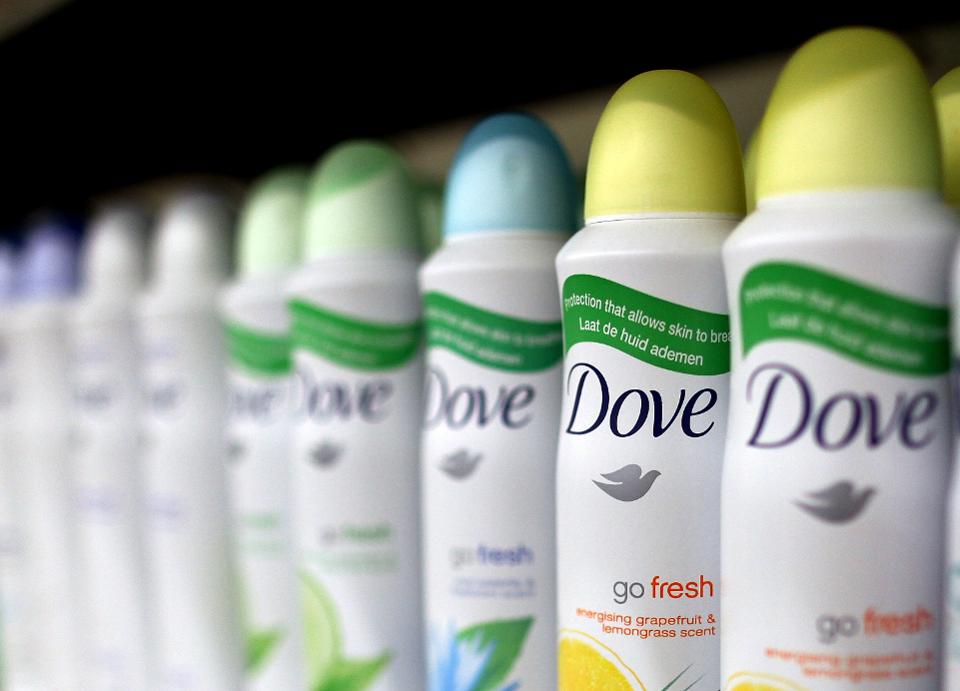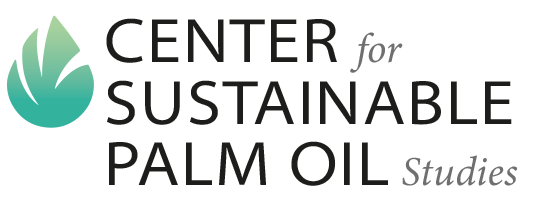
BLOOMBERG NEWS
Corporations are joining the climate leadership race. Recently, Unilever, the $56 billion consumer goods conglomerate, which owns brands such as Ben & Jerry’s, Vaseline, Dove, and QTips, announced its climate plan. Previously, other leading firms, including BlackRock and Goldman Sachs in the financial sector, Amazon and Microsoft in the tech sector, and BP in the fossil fuel sector, have outlined their initiatives.
Creating climate plans is tough. To start with, large conglomerates first need to document their climate impact. Some emissions result directly from their operations, but others may be indirect, coming from suppliers or consumers. Depending on the level of control a company exercises over specific climate-harming activities, emissions are classified into three categories. Scope 1 emissions result directly from the company’s activities such as burning fossil fuels in the production process. Scope 2 emissions come from the generation of the electricity or heat that the company purchases from elsewhere. Scope 3 emissions are caused bythe supply chain, like raw materials and suppliers’ processing activities, and by consumers who use the company’s products.
As per the company website, Unilever’s annual climate footprint is about 60 million metric tons, about the same as Ireland. While Unilever does not categorize emissions as per the three Scope categories, its website indicates that direct emissions from their factories (what would be Scope 1 and 2) amount to about 4%. Scope 3 accounts for 96% of emissions.
Unilever wants to: “Reduce scope 1 and 2 greenhouse gas emissions by 100% from our own operations by 2030 (this is part of our ambition to become carbon positive in our manufacturing by 2030).”
The real climate challenge pertains to the remaining 96% percent, the Scope 3 emissions, which are generated by the supply chain and retail (30%) and consumers (66%). Regarding the supply chain dimension, Unilever states: “We are committing to net zero emissions from all our products by 2039 – from the sourcing of the materials we use, up to the point of sale of our products.”
This is an impressive commitment because Unilever will need to work with its suppliers, who are dispersed across the world. The apparel and footwear industry faced this sort of challenge in the context of the labor practices of its suppliers. Because companies such as Walmart have also committed to greening their supply chains, it remains to be seen how Unilever’s supply chain greening strategy approach coheres with that of Walmart.
Unilever recognizes plantation-based raw materials such as palm oil, soybeans, tea, paper, and cocoa lead to deforestation. By 2023, Unilever wants to eliminate deforestation, which will have a policy payoff because Unilever is the world’s largest purchaser of palm oil. The challenge is that much of palm oil comes from Indonesia and Malaysia, where plantations are sometimes established on deforested land. There are local laws prohibiting forest clearing, but palm oil producers violate them with impunity. Every summer, the forest burning ritual creates a thick haze in the region. Because on-the-ground monitoring of deforestation is both difficult and hazardous, Unilever wants to use satellite imagery and blockchain technology to ensure that its suppliers are respecting the zero-deforestation commitment.
Interestingly, Unilever, along with several other major corporations, is a member of the multi-stakeholder certification system Roundtable on Sustainable Palm Oil (RSPO). It is not clear whether Unilever’s new deforestation initiative will be interpreted as a vote of no-confidence against RSPO, and, if so, how other consumer goods companies are going to respond.
Will Unilever share deforestation information with the public in real-time? Environmental groups that are trying to stop it often do not have the necessary information about where the trees are being cut or the forests burned. Unilever could help here. This sort of information-sharing system could also provide a template for other sectors. Think of how the rising demand for beef is contributing to the destruction of the Amazon forest. Suppose McDonald’s decides to monitor deforestation via satellites and shares this information in real-time with the public. Imagine the public shaming of Brazil and the pressure the country would face to enforce its forest laws.
Consumer-Level Emissions
Consumers account for 66% of Unilever’s climate footprint. Unilever wants to: “Halve the greenhouse gas impact of our products across the lifecycle by 2030 (this target covers all the phases across the lifecycle of our products: ingredients/raw materials, manufacturing, distribution, retail, packaging, consumer use and disposal).”
How will this be achieved? Unilever outlines several strategies to reduce consumption-led emissions. Interestingly, while we could not find this information on the Unilever website, press reports (Bloomberg and MarketWatch) indicate that Unilever will provide climate footprint information on labels— on all 70,000 products! It appears that the labels will show “how much greenhouse gas was emitted in the process of manufacturing and shipping them to consumers.”
Effective labels provide actionable information to consumers. How would consumers know if the climate footprint of a product is high or low? They need a way to benchmark this information.
Is nutritional labeling a good model? Labels tell about the percentage of daily (2,000) calorie requirements that the product provides. This information is probably actionable. Many of us have had our calorie-shaming moments in Starbucks or McDonalds when, upon looking at the shocking calorie number for the thing we really wanted to buy, we decided to order something else!
The nutritional labeling approach for climate issues could look something like this: this product accounts for x% of an average person’s daily climate impact (calculated by dividing daily global emissions by the global population). We suspect this sort of information might look trivial because the climate impact of, say, a bottle of Dove Body Wash is probably negligible. Hence, nutritional labeling probably does not provide a useful template for climate disclosures.
Might labels benchmark the product against, say, the mean climate score for the product category? For example, the label provides the climate footprint of a 22 oz bottle of Dove in relation to the average climate footprint in the soap category. There are problems here as well. For one, developing category-wide standards requires access to proprietary information about brands that are owned by different companies.
There is a third way as exemplified by the USDA’s tiered organic label and the EPA’s Energy Star label. Instead of providing detailed climate footprint information, the label could classify the products as say “climate-safe” (there could be a tiered system as well). Standard-setting bodies like the International Organization for Standardization, which is already working on climate issues, might help develop these category-specific standards.
In sum, Unilever has outlined an exciting climate plan. Its approach to reducing Scope 1 and 2 emissions is clear. It could provide additional clarity about Scope 3 emissions, especially the emissions generated when its products are consumed. Regarding the product labeling proposal, it will be instructive to see how Unilever implements it and the extent to which climate information on product labels influences consumer choices.
By Nives Dolsak and Aseem Prakash


